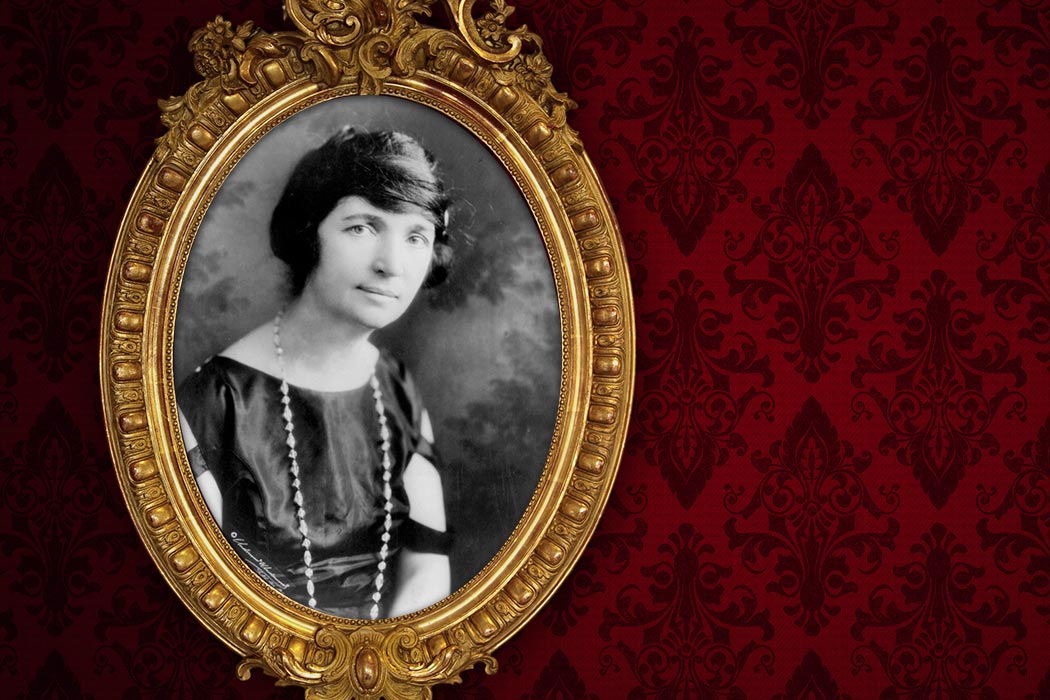For liberals, one of the most stinging attacks by opponents of Planned Parenthood is that its founder, Margaret Sanger, was a eugenicist. And the accusation is… kind of true. But, as Sanger’s grandson, Alexander Sanger, wrote in a 2007 paper for Hypatia, understanding what that means requires acknowledging just how mainstream eugenics was in Sanger’s time.
He notes that the attendees of the First International Eugenics Congress in London in 1912 included Alexander Graham Bell and Winston Churchill. Some truly horrifying practices were part of the public conversation at that time. In the late nineteenth century, the physician Henry Clay Sharp conducted experiments at an Indiana prison, sterilizing inmates he diagnosed as “chronic masturbators” and even castrating some of them. These experiments were illegal at the time, but Sharp publicly advocated for the value of his methods, and in 1907, Indiana became the first of thirty states to allow compulsory sterilization of “confirmed criminals, idiots, rapists, and imbeciles.” The idea was to prevent “degenerates” from reproducing their own kind. Meanwhile, almost half the states prohibited marriages between “imbeciles, epileptics, paupers, drunkards” and anyone else considered unfit.
Margaret Sanger and other feminists and social reformers adopted similar language to argue against involuntary motherhood, suggesting that unwanted children were likely to be morally or physically defective. But, unlike Sharp, Sanger’s message centered on individuals’ choices about their fertility. She said that “women are natural eugenicists”—that is, they want to have children under conditions that will allow them to grow up healthy.
Eugenicist reasoning was also an important force driving opposition to birth control in Sanger’s time. In 1905, President Theodore Roosevelt decried the trend of elite, educated white women having fewer children as “race suicide.”
Alexander Sanger notes that his grandmother would not have been considered “fit” herself by eugenicists of her day. She was a poor Irish Catholic woman with inherited diseases and a criminal record stemming from her labor organizing efforts. As a political radical, she placed the blame for the deep poverty she saw around her on the capitalist system, not poor people’s inherent defects. Yet she also believed that if women could limit the number of children they had, they could improve their quality of life.
Some of Margaret Sanger’s arguments are truly horrifying to a modern reader. She wrote that the insane and “the undeniably feeble-minded” should be prevented from reproducing. Discussing overpopulation, she described “hordes of people… who have done absolutely nothing to advance the race an iota…. Such human weeds clog up the path, drain the energies and the resources of this little earth.”
But if these are the parts of Sanger’s belief system that make us cringe today, they were the kinds of sentiments that helped her reach a broader audience in her own time. Alexander Sanger points out that in the early twentieth century, birth control was a subject for radical, feminist lawbreakers. Linking voluntary parenthood with eugenics—a “scientific,” respectable notion—was a way to bring it into the mainstream.







